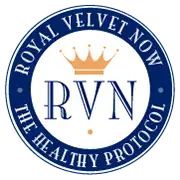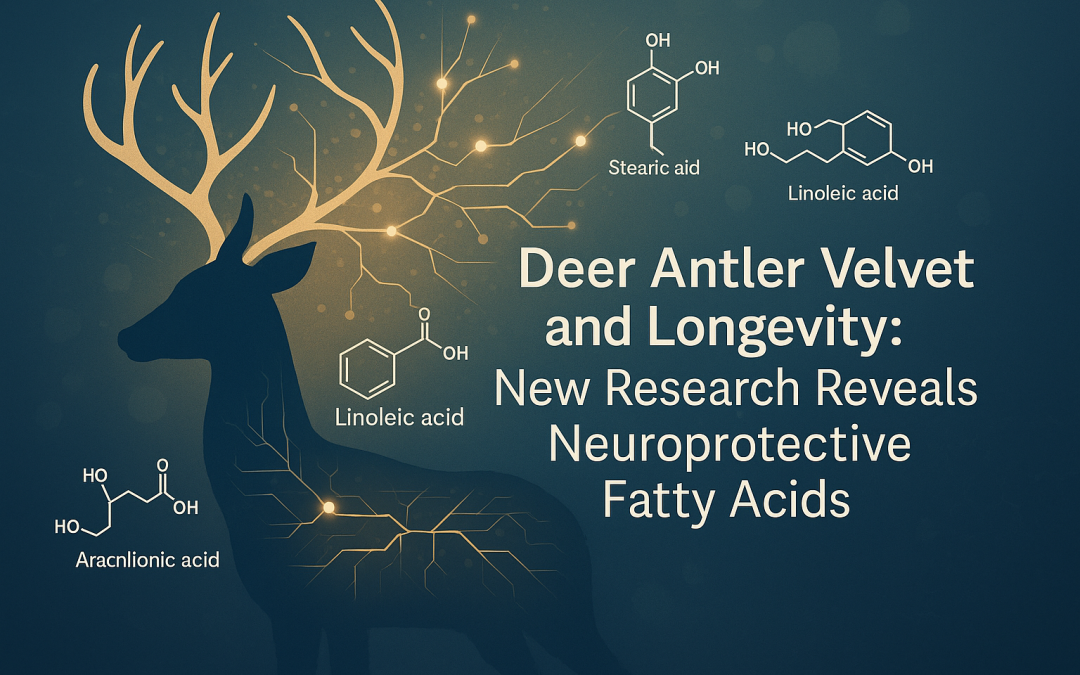Introduction: Tradition Meets Science
For centuries, deer antler velvet has been used in Eastern medicine for vitality, longevity, and strength. Now, modern research is catching up. A 2025 study published in Frontiers in Pharmacology has identified specific compounds in velvet antler that may protect the brain, extend lifespan, and improve mobility.
The Study at a Glance
Researchers tested extracts of velvet antler in models of Parkinson’s, Huntington’s, and Alzheimer’s disease — conditions linked with aging and toxic protein buildup in the brain. Results showed:
-
Extended lifespan in experimental models
-
Protection against protein aggregation — a hallmark of neurodegenerative disease
The Key Players: Three Essential Fatty Acids
Scientists identified three fatty acids responsible for these effects:
-
Stearic Acid – Helps maintain cell membrane structure and function
-
Linoleic Acid (Omega-6) – Supports cellular signaling and may reduce inflammation
-
Arachidonic Acid – Involved in brain development, repair, and immune responses
Together, these fatty acids appear to work synergistically to protect neurons and support healthy aging.
Why This Matters for Aging and Brain Health
Neurodegenerative conditions are among the biggest health challenges of aging populations. The fact that natural compounds in deer antler velvet may influence protein aggregation and mobility gives new hope for:
-
Maintaining independence longer
-
Reducing risk factors associated with brain decline
-
Supporting overall vitality and quality of life
From Ancient Remedy to Modern Science
Deer antler velvet has long been prized in Traditional Chinese Medicine for boosting energy and longevity. This new research provides scientific validation, showing that the benefits aren’t just folklore — they have a biochemical basis.
What’s Next in Deer Antler Research
While this study is promising, more human research is needed to confirm exactly how these fatty acids work in people. Still, the findings strengthen the case for including deer antler velvet in wellness strategies aimed at supporting aging, brain health, and mobility.
Conclusion
The discovery of stearic, linoleic, and arachidonic acids as active compounds in deer antler velvet marks an exciting step forward. It bridges ancient wisdom with modern science, offering a glimpse into how natural remedies may one day play a larger role in promoting healthy aging and protecting the brain.
(For those interested, you can read the full study here: PubMed Link)
From Research to Real Life
While studies like this focus on extracts in controlled models, deer antler velvet has long been available as a nutritional supplement. If you’d like to explore how modern formulas like Royal Velvet are designed to deliver these natural compounds, you can learn more on our website.
Here’s a short video summarizing the key findings from the deer antler velvet study — how fatty acids may influence longevity, mobility, and brain health.

